A Sobering Analysis Of Ukraine's Counteroffensive From The Front
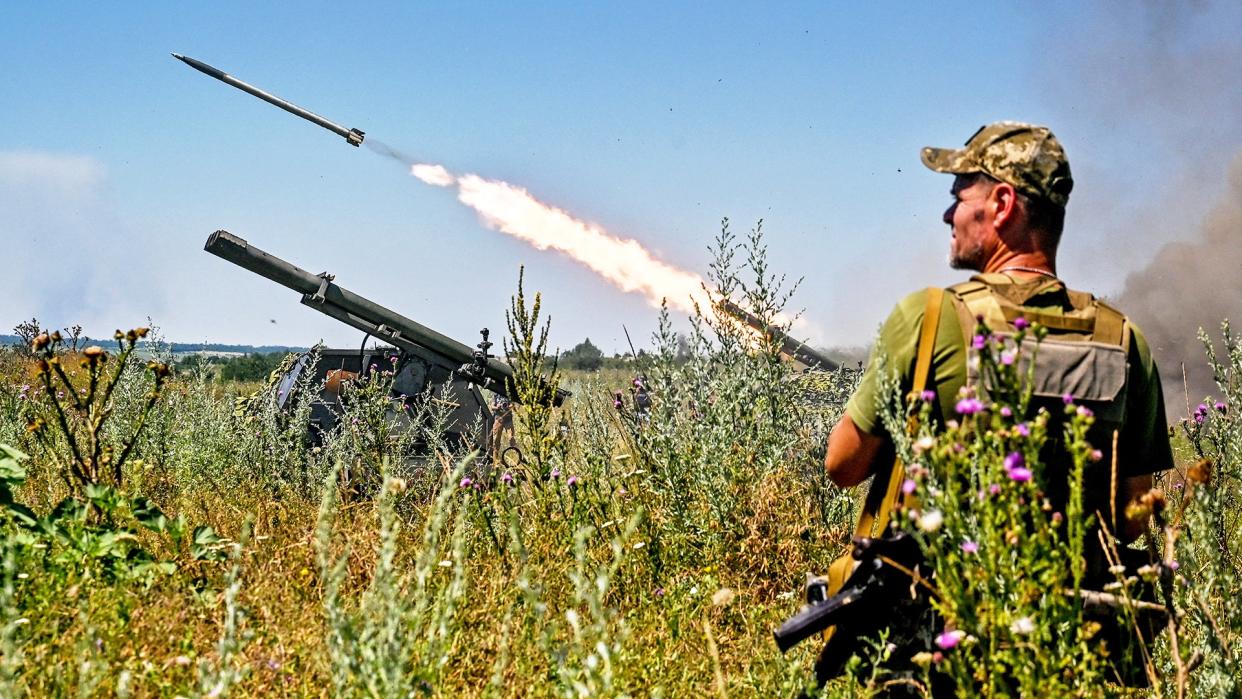
A group of military analysts recently traveled to the front lines for a closer view of Europe's most brutal land war in several generations. Spending time with troops who've fought through massive Russian artillery barrages, helicopter and tank assaults, drone strikes and mine fields, one of them came back with a blunt assessment about why the counteroffensive is progressing slower than some anticipated.
Franz-Stefan Gady, a senior fellow with the Institute for International Strategic Studies and the Center for New American Security, says after his visit to Ukraine it's clear the country is struggling with how to employ its forces. Once in the fight, they sometimes display poor tactics and a lack of coordination between units. All while having to cope with a still deeply entrenched bureaucracy, infighting and a continued reliance on “Soviet-style thinking.” Then there are the Russians, who are “putting up stiff resistance.”
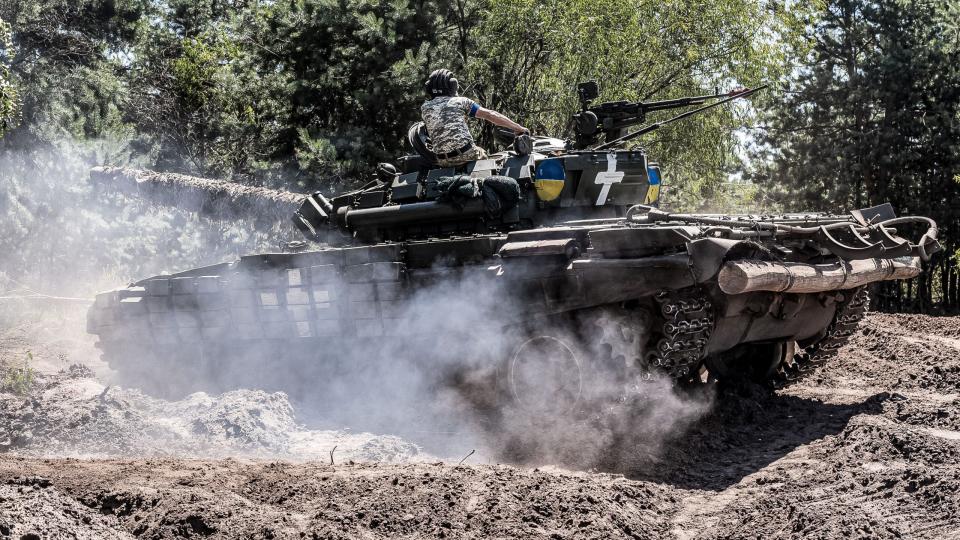
Conversely, no one single reason - such as the lack of more Western weaponry, including longer-range munitions and additional demining equipment - is the cause for "the lack of progress," the analyst argues.
“The narrative that Ukrainian progress thus far is slow just because of a lack of weapons deliveries and support is monocausal and is not shared by those we spoke to actually fighting and exercising command on the frontline,” Gady said in an analytical Twitter thread he posted Tuesday that you will read more about a little later in this story.
And of course, the U.S. and allies have provided tens of billions of dollars in military aid so far, with pledges of continued supplies.
Ukrainian officials, meanwhile, have pointed to minefields in particular as a key driver of the pace, but say that they are making slow but steady gains.
Gady visited Ukraine with a group including Konrad Muzyka, an independent defense analyst focusing on Russia and Belarus and director of Rochan Consulting; Rob Lee, Senior Fellow at the Foreign Policy Research Institute and Michael Kofman, Senior Fellow, Carnegie Endowment and Principal Research Scientist, CNA.

It's one thing to study conflict, said Gady, but getting to the war zone and talking with those doing the fighting there is invaluable.
“We formed an informal research group to get a better understanding about the war from on-the-ground research,” Gady told The War Zone Wednesday. “We just think it is important to go there to really experience what's happening and talk to people to get a sense of the environment, get a sense of the people involved in this effort on the Ukrainian side, see the terrain and so forth.”
Doing so allows researchers “to always come back with lots of new insights that you can't get from afar,” said Gady. “We always come back with a lot of new data that we can use in our analysis to get a more accurate understanding of the conflict. So we traveled to various parts of the front line."
The visits took them to Zaporizhzhia Oblast and the Donbas, he said, declining to offer more specific details.
Gady offered the group's insights in an 16-part thread that is as insightful as it is concise.
https://twitter.com/HoansSolo/status/1681240456754077697
These were Gady's takeaways:
1.) By and large this is an infantryman’s fight (squad, platoon and company level) supported by artillery along most of the frontline. This has several implications.
1st: Progress is measured by yards/meters and not km/miles given reduced mobility.
2nd: Mechanized formations are rarely deployed due to lack of enablers for maneuver. This includes insufficient quantities of de-mining equipment, air defenses, ATGMs etc.
2.) Ukrainian forces have still not mastered combined arms operations at scale. Operations are more sequential than synchronized. This creates various problems for the offense and IMO [in my opinion] is the main cause for slow progress.
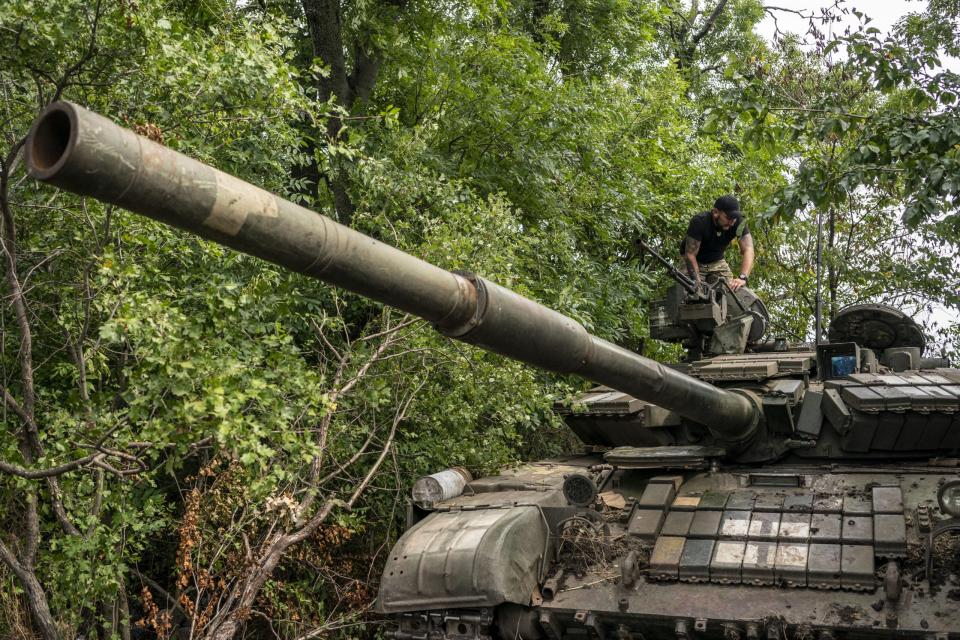
3.) Ukrainian forces by default have switched to a strategy of attrition relying on sequential fires rather than maneuver. This is the reason why cluster munitions are critical to extend current fire rates into the fall: weakening Russian defenses to a degree that enables maneuver.
4.) Minefields are a problem as most observers know. They confine maneuver space and slow advances. But much more impactful than the minefields per se on Ukraine’s ability to break through Russian defenses is Ukraine's inability to conduct complex combined arms operations at scale. Lack of a comprehensive combined arms approach at scale makes Ukrainian forces more vulnerable to Russian ATGMs, artillery etc. while advancing. So it's not just about equipment. There’s simply no systematic pulling apart of the Russian defensive system that I could observe.
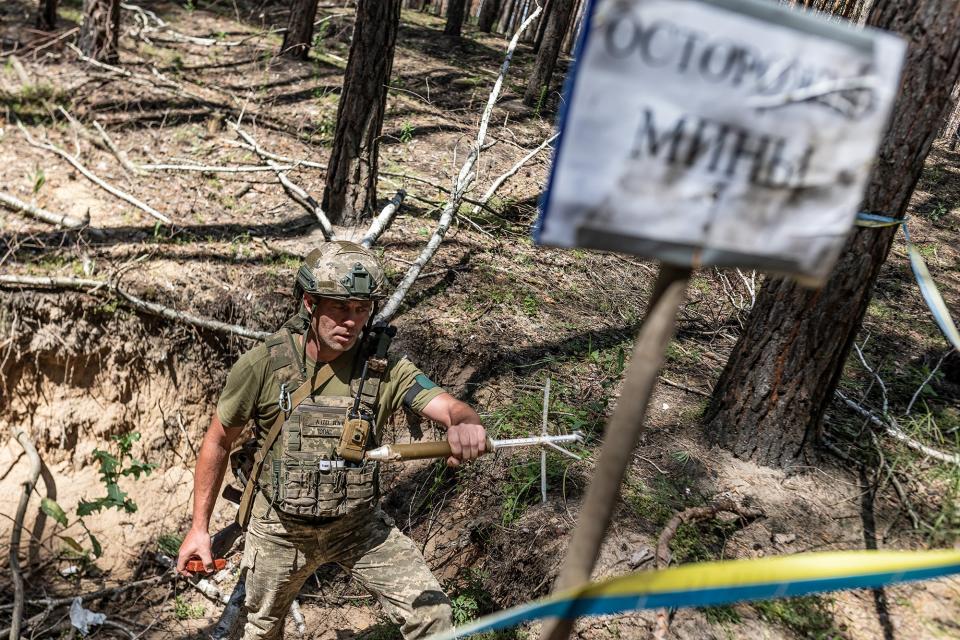
5.) The character of this offensive will only likely change if there is a more systematic approach to breaking through Russian defenses, perhaps paired with or causing a severe degradation of Russian morale, that will lead to a sudden or gradual collapse of Russian defenses. Absent a sudden collapse of Russian defenses, I suspect this will remain a bloody attritional fight with reserve units being fed in incrementally in the coming weeks and months.
6.) There is limited evidence of a systematic deep battle that methodically degrades Russian C2 [command and control]/munitions. Despite rationing on the Russian side, ammunition is available and Russians appear to have fairly good battlefield ISR [information, surveillance, reconnaissance] coverage.
Russians also had no need to deploy operational reserves yet to fend off Ukrainian attacks. There is also evidence of reduced impact of HIMARS strikes due to effective Russian countermeasures. (This is important to keep in mind regarding any potential tactical impact of delivery of ATACMs [U.S.-produced Army Tactical Missile System]).
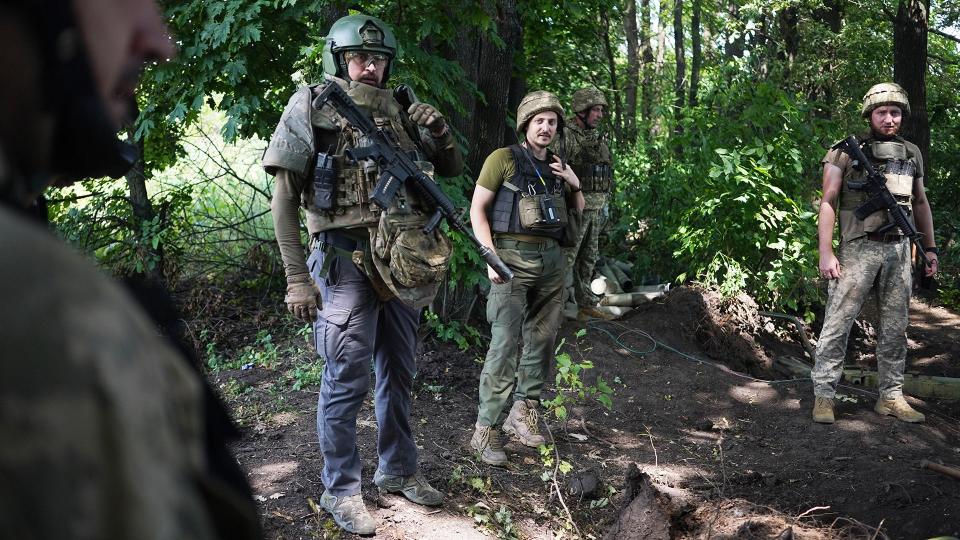
Russian forces, even if severely degraded and lacking ammo, are likely capable of delaying, containing or repulsing individual platoon or company-sized Ukrainian advances unless these attacks are better coordinated and synchronized along the broader frontline.
7.) Quality of Russian forces varies. Attrition is hitting them hard but they are defending their positions well, according to Ukrainians we spoke to. They have been quite adaptable at the tactical level and are broadly defending according to Soviet/Russian doctrine.
8.) Russian artillery rationing is real and happening. Ukraine has established fire superiority in tube artillery while Russia retains superiority in MRLSs in the South. Localized fire superiority in some calibers alone does not suffice, however, to break through Russian defenses.
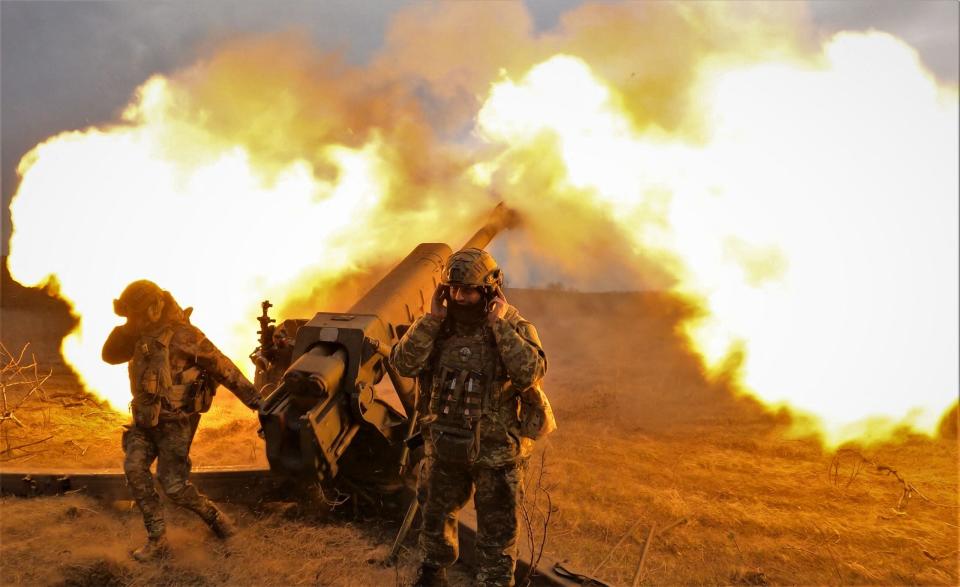
9.) An additional influx of weapons systems (e.g., ATACMs, air defense systems, MBTs, IFVs etc.) while important to sustain the war effort, will likely not have a decisive tactical impact without adaptation and more effective integration.
Ukraine will have to better synchronize and adapt current tactics, without which western equipment will not prove tactically decisive in the long run. This is happening but it is slow work in progress. (Most NATO-style militaries would struggle with this even more than the Ukrainians IMO).
10.) The above is also true for breaching operations. Additional mine clearing equipment is needed and will be helpful (especially man-portable mine-clearing systems) but not decisive without better integration of fire and maneuver at scale.
Again, I cannot emphasize enough how difficult this is to pull off in wartime.
Monocausal explanations for failure (like lack of de-mining equipment) do not reflect reality. E.g., some Ukrainian assaults were stopped by Russian ATGMs even before reaching the 1st Russian minefield.
11.) There is a dearth of artillery barrels that is difficult to address given production rates and delivery timelines.
12.) So far Ukraine’s approach in this counteroffensive has been first and foremost direct assaults on Russian positions supported by a rudimentary deep battle approach. And no, these direct assaults are not mere probing attacks.
13.) There is evidence of tactical cyber operations supporting closing of kinetic kill-chains. That is cyber ISR contributing to identifying and tracking targets on the battlefield. Starlink remains absolutely key for Ukrainian command and control.
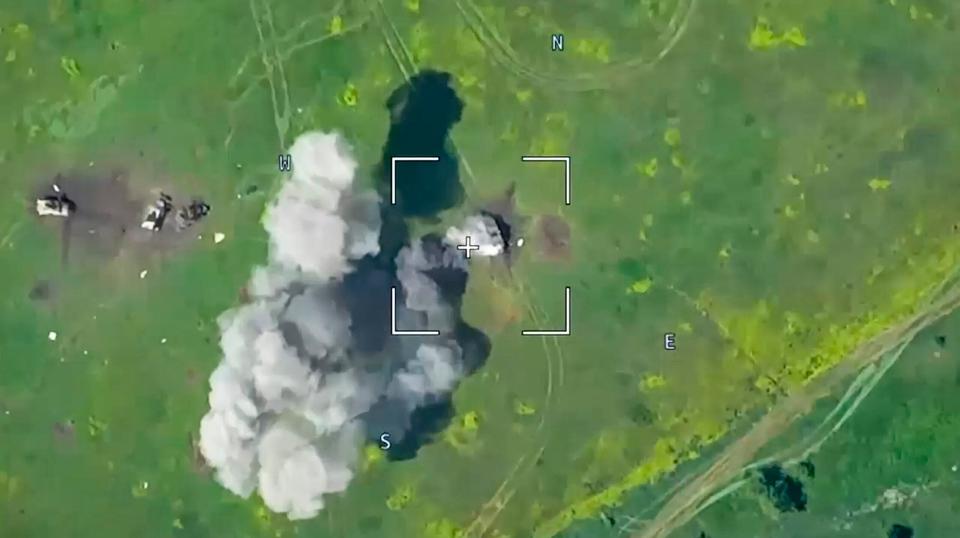
14.) Quality of Ukrainian officers and NCOs we met appears excellent and morale remains high. However, there are some force quality issues emerging with less able bodied and older men called up for service now.
15.) The narrative that Ukrainian progress thus far is slow just because of a lack of weapons deliveries and support is monocausal and is not shared by those we spoke to actually fighting and exercising command on the frontline.
16.) It goes without saying that in a war of attrition, more artillery ammunition and hardware is always needed and needs to be steadily supplied. Western support of Ukraine certainly should continue as there is still the prospect that the counteroffensive will make gains. But soldiers fighting on the frontline we spoke to are all too aware that lack of progress is often more due to force employment, poor tactics, lack of coordination between units, bureaucratic red tape/infighting, Soviet style thinking etc. ... and Russians putting up stiff resistance.
We asked Gady to drill a little deeper into a couple of the points he made.
On Tuesday, Joint Chiefs Chairman Gen. Mark Milley told reporters that the U.S. and allies have trained 17 brigade combat teams - 63,000 Ukrainian troops - in combined arms maneuver. More are in the pipeline.
But Ukraine is having trouble on the battlefield executing those coordinated maneuvers on a large scale because of the compressed training timelines while facing off against “one of the world’s most powerful militaries,” Gady told us.
Ukraine “is probably doing a lot of combined arms operations at smaller-unit levels, but I think it needs to scale this up,” he said.
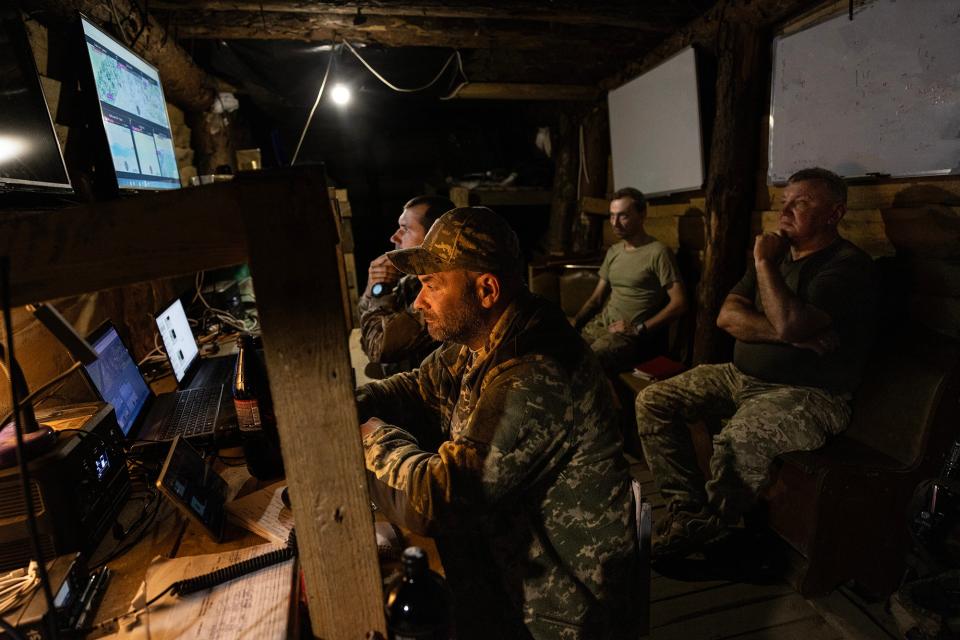
The U.S. is "probably expecting some sort of results with all the aid and the military hardware that it has provided," said Gady. "The basic idea here was to train Western-equipped mechanized arms brigades in combined arms maneuver. I think this approach has had some setbacks. I'm not sure that it has been a failure across the board. I think it just requires a more concerted effort."
Gady however was quick to emphasize that “no Western type of military can really do this sort of combined arms operations at scale, with the exception of the United States. But even the United States Armed Forces would have a very difficult time breaking through these defensive layers because no Western military in the world currently has any experience in breaching the types of defenses in depth that the Russians put up, in the south and east of Ukraine.”
For a long while since they first arrived on the battlefield for Ukraine, the M142 High Mobility Artillery Rocket Systems, or HIMARS systems took on an almost mythical status for Ukraine. The Guided Multiple Launch Rocket Systems (GMLRS) munitions they fired offered a longer reach (about 50 miles) than Ukraine’s existing MLRS or tubed artillery, and had a devastating effect especially on Russian logistics nodes.
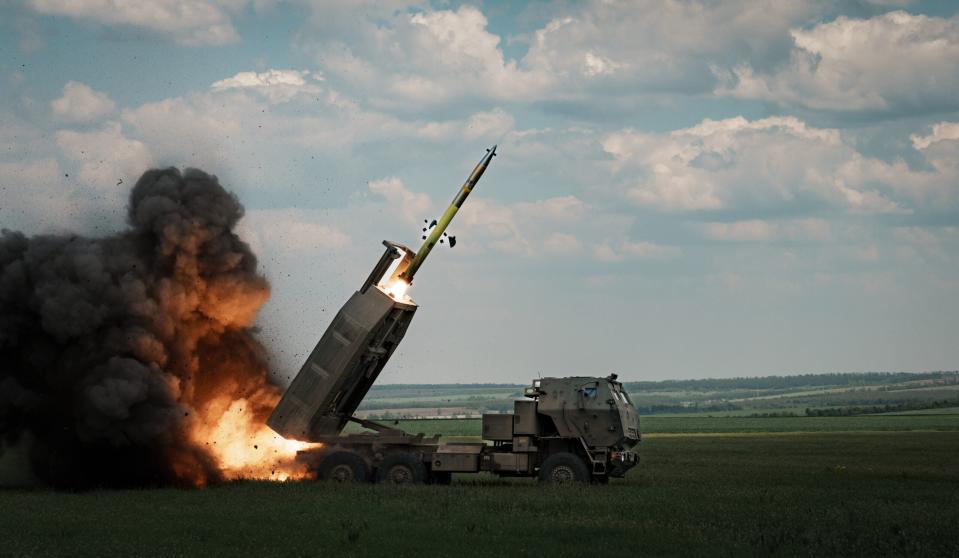
But Russia has found ways to counter GMLRS, Gady said when asked for a deeper explanation of what he said in his thread.
“Russian electronic warfare apparently has an impact on the successful employment of GMLRS,” he told us. “Russian layered integrated air and missile defenses seem to have an impact and actually managed to shoot down some of these GMLRS as well.”
As a result, “I think it's fair to say that the HIMARS effect from last summer has been definitely over,” Gady said. “So I think we should keep that in mind when we think about other long-range precision-guided munitions that have been provided to Ukraine. Russia, sooner or later, will find a countermeasure to it.”
The insights offered by Gady and his colleagues offer a much more sober sense of the counteroffensive than what comes out of official statements from Kyiv and the Pentagon.
Asked to sum up his assessment, Gady told us the following.
"It‘s a grinding fight characterized by high rates of attrition with Ukrainian forces making incremental gains," he said. "There is still the potential for Ukrainian military success."
Gady said that he and his colleagues will be providing additional insights from their journey in the future.
We will certainly take note and provide any worthy highlights.
Contact the author: howard@thewarzone.com

